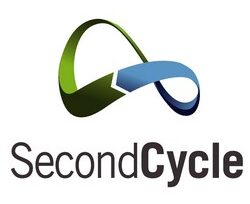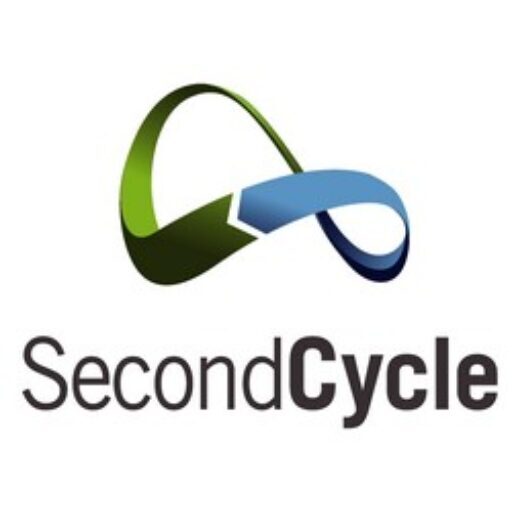People use energy for variety of purposes, including transportation, cooking, heating and cooling rooms, manufacturing, lighting, and entertainment. People’s choices about how they use energy, such as turning off machines …
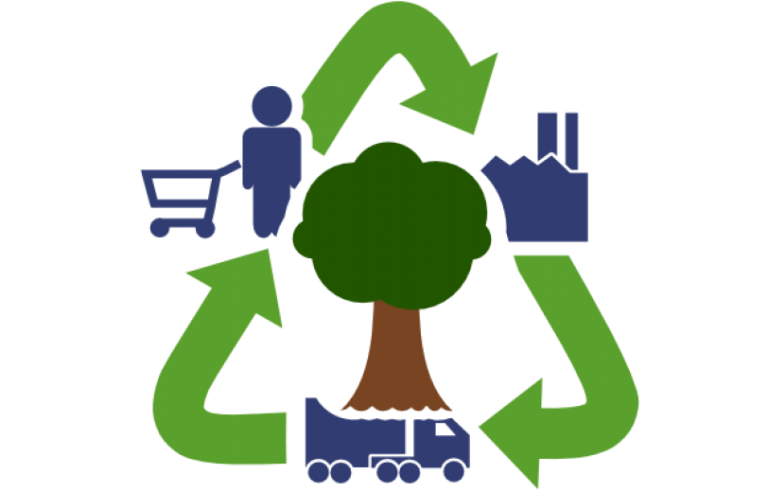
The benefits of reverse logistics
Reverse logistics refers to the process of planning and managing the return of consumer goods (end users) to the manufacturer or distributor for recovery, repair, recycling, or even disposal. Reverse …
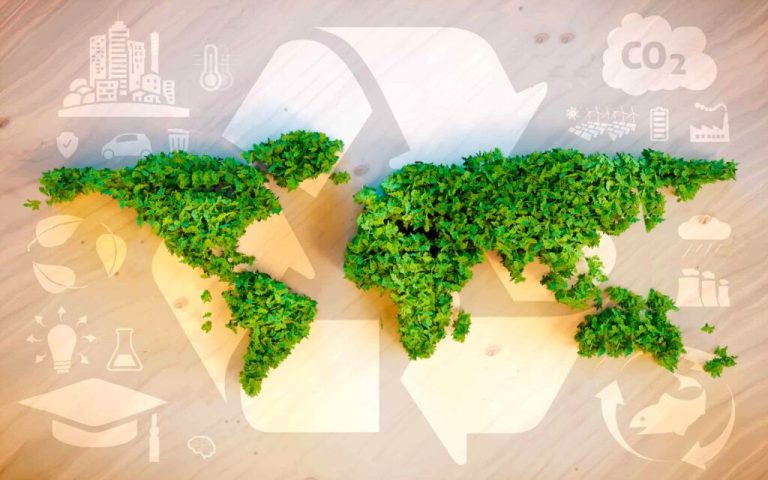
Ecodesign : an inevitable revolution
During their entire life cycle, from cradle to grave, all products have an impact on the environment, including the use of raw materials and natural resources, manufacture, packaging, transportation, disposal, …
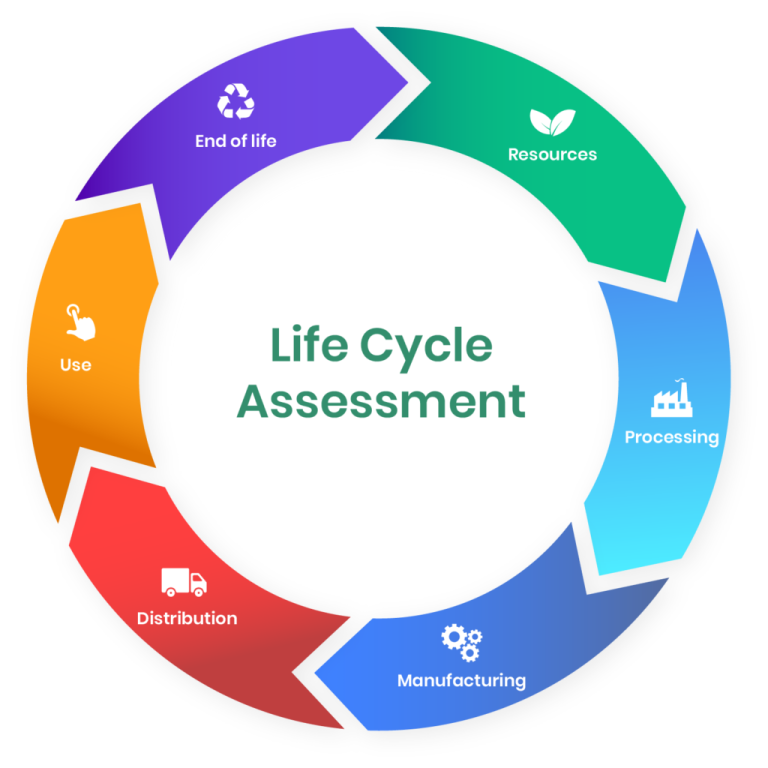
Life cycle assessment : a winning strategy
Life-cycle analysis is a methodology for examining environmental impacts associated with all stages of a commercial product’s, processes, or service’s life cycle. This give the opportunity to study the alternatives …
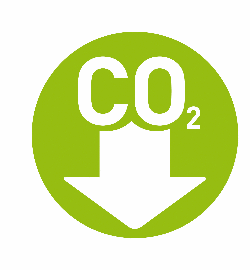
How to reduce greenhouse gas (GHG) emissions
Industrial sources of greenhouse gas emissions include manufacturing, food processing, mining, and building. Direct emissions are produced by a variety of processes, including on-site combustion of fossil fuels for heat …
